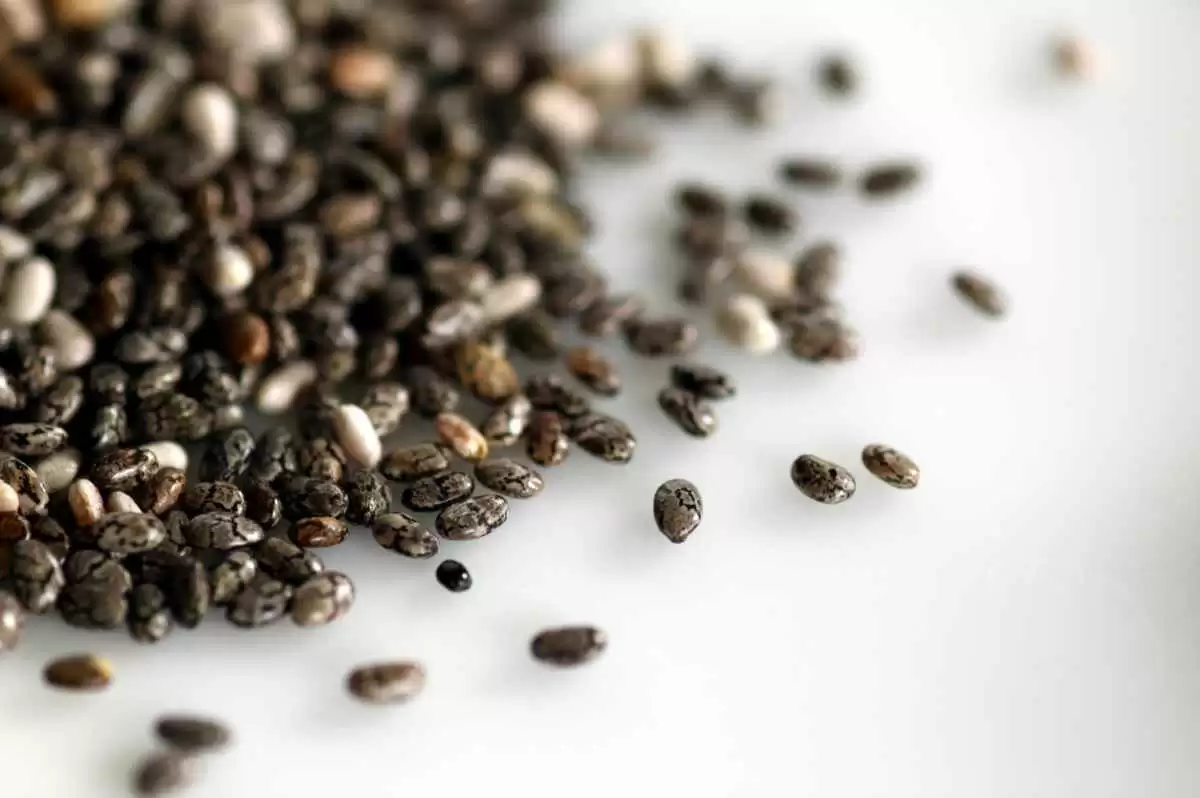
Celiac.com 02/04/2023 - Flax is widely grown across the Canadian prairies and northern USA, with Canada being the world’s top producer. It is harvested for a variety of purposes. The stems are used in the production of linen cloth and fine quality papers. Flaxseeds are sold whole or ground and incorporated into a number of food products or packaged for individual consumer use. Flax oil is an edible oil produced by cleaning, cracking and pressing flaxseeds under controlled temperatures and sold as a “cold-pressed oil” that is bottled in dark colored bottles and refrigerated. The seeds are also used for industrial purposes to make linseed oil, which is produced by using solvents to extract the oil from the seed during the crushing process. Sold in raw or boiled form, linseed oil is a main ingredient in paints, stains, coatings and linoleum floorings.
Flax has been consumed throughout history for its nutritional and health benefits. It is loaded with dietary fiber, vitamins, minerals, protein and other healthy substances.
“F” is for fiber
Celiac.com Sponsor (A12):
Flax contains two types of dietary fiber- soluble and insoluble. Soluble fiber can lower blood lipid levels and helps regulate blood sugar levels. Insoluble fiber acts as a bulking agent and promotes regularity and may also reduce the risk of colon cancer. Three tablespoons of ground flax contains 6 grams of total dietary fiber.
“L” is for lignans
Lignans are naturally occurring compounds found in a variety of plant foods. Flax is the richest source of lignans, containing 75 times more than any other plant food. Lignans are referred to as phytoestrogens and have weak estrogen-like properties. Recent research has revealed that lignans may protect against hormone-sensitive cancers such as breast cancer.
“A” is for Alpha-Linolenic Acid (ALA)
Flaxseed is rich in ALA, an omega-3 fatty acid. Omega-3 fatty acids play a role in reducing the risk of heart disease by lowering blood fat levels and making blood platelets less sticky, thereby reducing the risk of blood clots. They also have been cited as beneficial for people with immune system aliments.
“X” is for excellent
Flax is high in vitamins and minerals such as Vitamin B6, folic acid, potassium, iron, calcium, magnesium, phosphorus, and zinc. It is also a rich source of plant protein.
DIETARY FLAX
1. Whole Flaxseed
- The whole seed provides dietary fiber, which pass undigested through the body, and act as a laxative.
- They can be stored at room temperature for up to one year.
- Add them to a variety of recipes for a pleasant change in texture and flavor.
2. Ground Flax
- Flaxseeds can be ground in a coffee grinder or food processor. You can also purchase “milled/ground” flax available in vacuum-sealed packages from health food stores or grocery stores. When the seeds are ground you receive the maximum nutritional benefits from flax including dietary fiber, alpha-linolenic acid (ALA), lignans, protein and other nutrients.
- Use ground flax immediately or store in an opaque container in the fridge or freezer for up to 90 days. For optimum freshness it is best to grind flax as you need it.
- Ground flax has a light, nutty flavor and can be added to hot or cold cereals, muffins, cookies, breads, pancakes, waffles, meat loaf, burgers, casseroles, soups, salads, yogurt, frozen yogurt, ice cream, pudding or a fruit smoothie blender drink. Remember that baked goods with flax will brown more readily.
- As with any new high fiber food, start slowly, 1-2 teaspoons, and make sure you consume enough fluids. To get the health benefits from ground flax, use 1-4 tablespoons/day. • One tablespoon of ground flax contains 25 calories, 2.5 grams of fat, 2 grams of dietary fiber and 2 grams of ALA.
3. Flax Oil
- The oil is rich in alpha-linolenic acid, however it does not contain all the other nutritional components such as dietary fiber, protein, and lignans.
- Flax oil needs to be refrigerated at all times and once opened must be used within six to eight weeks, as it goes rancid after that time.
4. Omega-3 Enriched Eggs
Hens fed a specially formulated flaxseed diet produce an omega-3 rich egg. These eggs contain 8-10 times more alpha-linolenic acid (ALA) than a regular egg.
5. Flax in Gluten-Free Products
Several companies are adding flax to their products. Some examples are bars and bagels from Enjoy Life Foods, fortified rice pasta from Pastariso, fortified potato and rice pasta from Pastato, Omega Smart nutritional snack bars, sunflower flax rice bread and Kinni-Kwik sunflower flax bread and bun mix from Kinnikinnick Foods.
People with gluten intolerance need to keep nutrition a top priority, and flax can be a healthy addition to the gluten-free diet!













Recommended Comments
There are no comments to display.
Create an account or sign in to comment
You need to be a member in order to leave a comment
Create an account
Sign up for a new account in our community. It's easy!
Register a new accountSign in
Already have an account? Sign in here.
Sign In Now